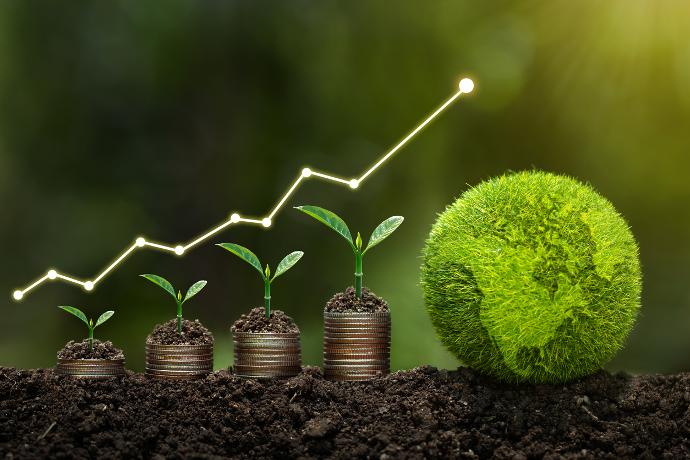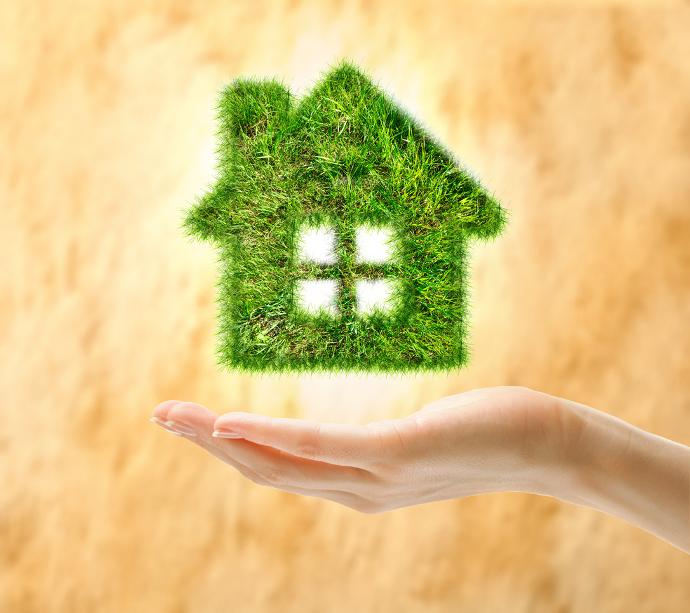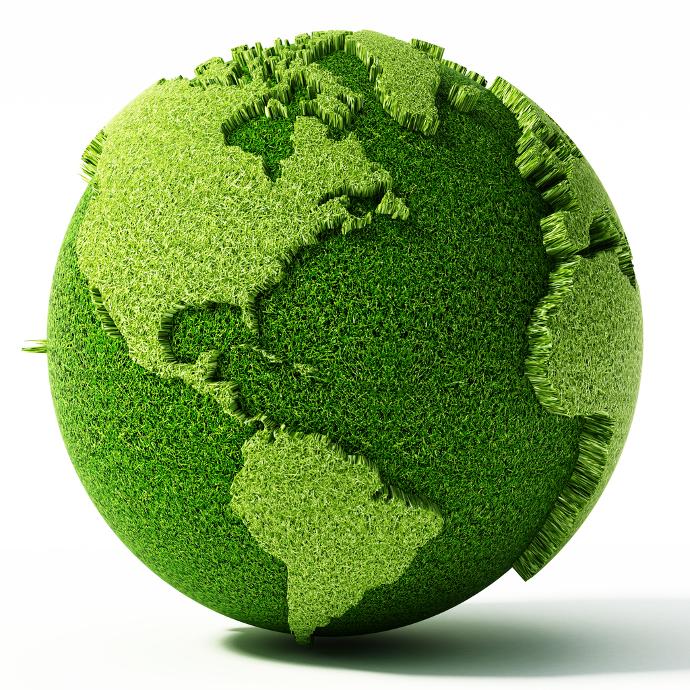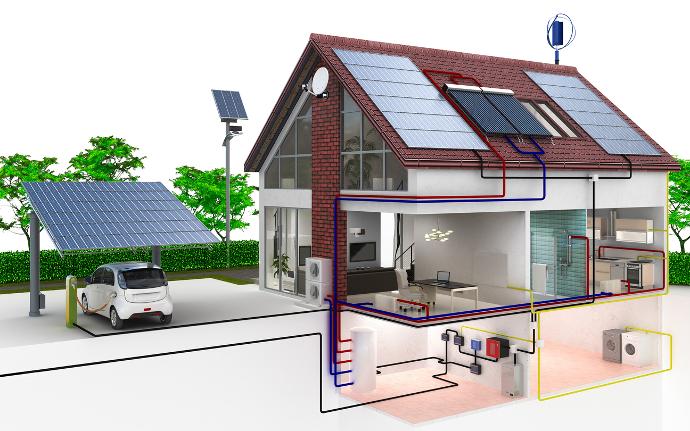Investir dans des panneaux solaires est l'une des solutions énergétiques les plus rentables et durables. Ils vous offrent l'avantage de diminuer votre dépendance énergétique tout en profitant d'une énergie à moindre coût.
La meilleure manière d'exploiter vos (futurs) panneaux solaires afin de réduire davantage vos factures est d'utiliser directement l’électricité produite gratuitement grâce au soleil. C’est ici qu’entre en jeu la notion d’autoconsommation solaire.
On vous explique tout.
Self-consumption is a concept that refers to the fact of producing energy autonomously, generally from a renewable energy source, and then consuming this energy directly on site, at the place where it was produced.
Autoconsommer votre énergie photovoltaïque signifie consommer en temps réel l’électricité que vos panneaux solaires produisent, sans devoir faire appel au réseau électrique. Vous réduisez ainsi le montant de vos factures.
L’autoconsommation est de plus en plus encouragée par les gouvernements et les autorités en raison de ses avantages environnementaux et de sa contribution à la réduction de la demande d’énergie sur le réseau électrique public, réseau qui est encore en cours de modernisation chez nous.
How does photovoltaic self-consumption work in practice ?
L’autoconsommation photovoltaïque signifie que vous produisez de l’électricité grâce à vos panneaux solaires photovoltaïques et que vous consommez ensuite cette électricité sur place, en temps réel.
Pour que vos panneaux photovoltaïques produisent de l’électricité, ils doivent être installés sur une surface exposée au soleil. Les cellules photovoltaïques vont ensuite capter la lumière du soleil et la transformer en électricité (courant continu). Les panneaux sont ensuite raccordés à un onduleur qui convertit le courant continu en courant alternatif, lequel est utilisable par nos appareils électroménagers.
Les panneaux photovoltaïques ayant besoin du soleil pour fonctionner, ils produisent de l’électricité principalement en journée.
On estime ainsi qu’environ 37% de l’électricité produite par une installation photovoltaïque est consommée directement par l’habitation d'une famille moyenne, le reste retournant sur le réseau. En effet, à moins d’être pensionné ou de ne faire que du télétravail uniquement, la journée représente souvent le moment où nous sommes le moins à la maison, et donc où nous consommons le moins.
Cette réinjection massive d’électricité produite par nos panneaux solaires sur le réseau peut être diminuée en augmentant son taux d’autoconsommation. En moyenne de 37%, ce taux d’autoconsommation peut facilement être augmenté jusqu’à 80%.
Plus vous augmentez votre taux d’autoconsommation, plus vos panneaux sont rentables rapidement, et plus vous faites des économies sur vos factures.

Comment augmenter son taux d'autoconsommation et donc ses économies?
You can increase your self-consumption rate by optimising the way you produce and consume the electricity generated by your solar panels. Here are a few useful tips :
Run your household devices during the day
Make maximum use of devices such as dishwashers, washing machines and tumble dryers at peak production times, i.e. between 11 a.m. and 3 p.m. If you're not at home, you can almost always programme your appliances for the time you want. By adopting these new habits, your self-consumption rate will increase by around 10%.
Utilisez un compteur intelligent
Tous les Belges peuvent désormais profiter des avantages du compteur digital. Ce type de compteur transmet et reçoit automatiquement vos données de consommation, offrant ainsi des informations précises pour optimiser sa consommation.
Use a storage battery
A storage battery will store the excess electricity produced during the day for later use, particularly in the evening. Despite the investment this may represent, your self-consumption rate will increase considerably by reducing dependence on the electricity grid.
Heat your domestic hot water during the day
If you have an electric boiler, it is highly likely that it will automatically heat your water during the night. Check this setting and programme your boiler during the day. If you don't already have a boiler, opt for a thermodynamic boiler, which uses 3 times less electricity than a conventional boiler !
Invest in a heat pump system
Combining a heat pump with photovoltaic solar panels can be a very interesting solution for increasing your self-consumption rate. Heat pumps are highly efficient heating and cooling systems, as they extract heat from the air, water or earth to heat or cool your home. However, they still require some electricity to operate. You can therefore increase your self-consumption rate by using your solar-generated electricity directly to power your heat pump.
Install an electric vehicle charging point
Une borne de recharge permet d’utiliser la production d’électricité photovoltaïque pour recharger sa voiture électrique pendant la journée. C'est malin, et économique !
The 3 major advantages of self-consumption

Electricity savings
By producing your own electricity from solar panels, you reduce the amount of electricity you draw from the grid, which means savings on your electricity bill.

Energy self-sufficiency
By drawing less electricity from the grid, you reduce your dependence on it. Above all, you become more autonomous and are no longer dependent on fluctuations in electricity market prices.

Energy transition
By producing and consuming your own electricity from a renewable energy source, you reduce your ecological footprint while accelerating the energy transition towards less fossil fuels and pollutants.
Self-consumption thanks to solar panels

